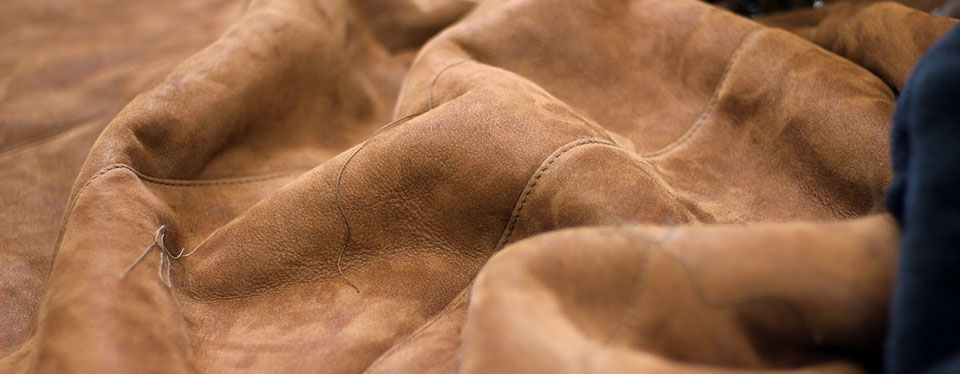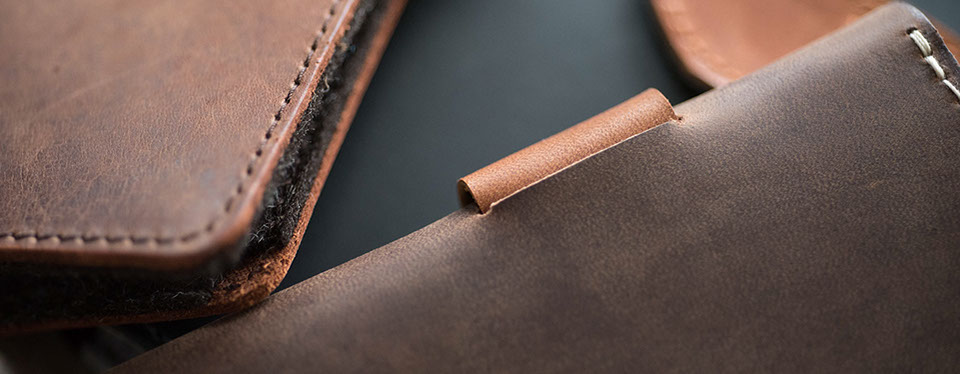Unblemished surface?
naturalness-maintained leather without natural features is virtually nonexistent. Even with excellent keeping conditions the cattle carry away small injuries during their lifetime that can be seen on the leather surface.
If you prefer a totally uniform rustic surface with leather and without any natural features you have to choose coated or corrected leather. Coating or finishing of leather levels the leather surface. In the process plasticides are being used that create an even and uniform surface after application. The process is supported by color pigments that mask the differences in color.
The finishing sometimes is combined with a prior grinding of the leather to get rid of unevenness. Subsequently to the coating, chiefly an embossing of the leather follows. Like this the surface gets back a leather-like structure but however seems artificial when closely examined at it because the natural features and unevenness are absent.
What looks unblemished also contains a lot of chemistry.
Plastics such as polyurethane, acrylic paint, halogenated hydrocarbons, vinyl compound, organic hydrocarbons like butadiene all carry Health risks. Risks to health range from allergic effects to the possibility of triggering cancer.
In addition, the finishing of the leather changes its functional quality. On one hand the leather becomes resistant to soiling and water because the skin pores become sealed through the coating. On the other hand, the air exchange between the leather tissue and the environment gets cut off. Like this, leather came to be viewed as a cold material. However this only applies to coated leather. Naturalness-maintained leather supports the exchange with the air it is surrounded by and therefore is always well-tempered.

-crop-u66743.jpg?crc=472454490)

